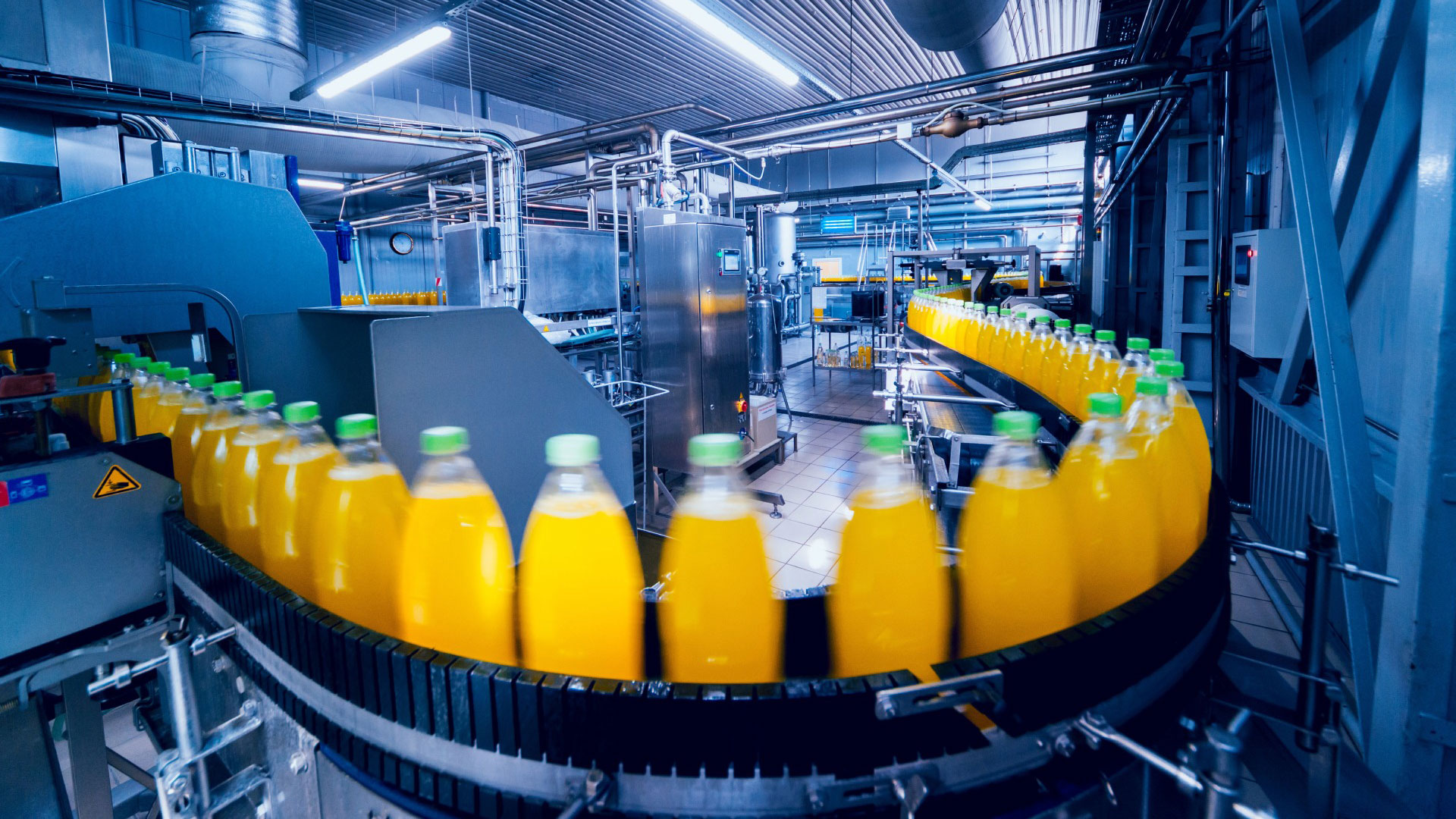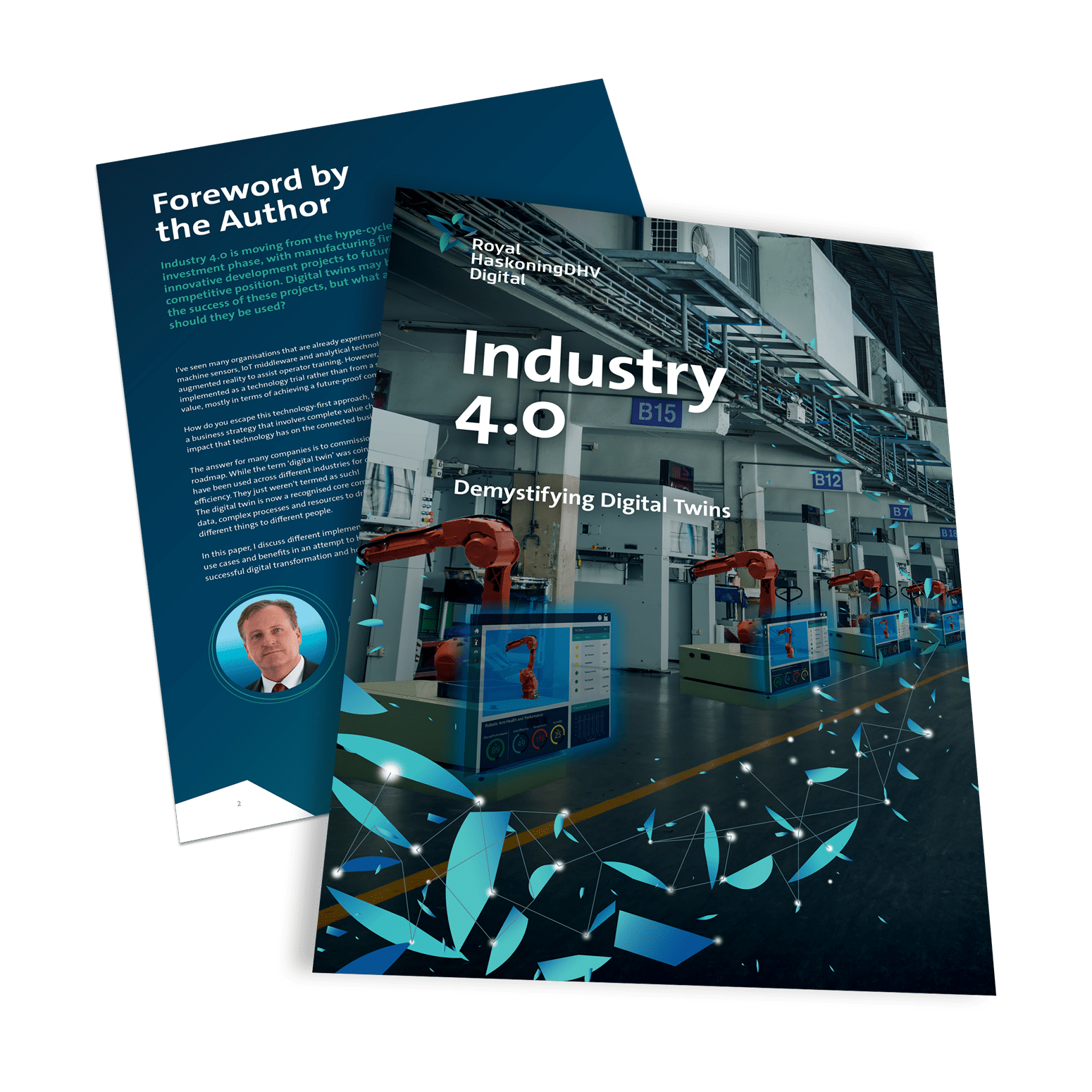It’s time to rethink your processes

Digitally connected and environmentally aware, today’s consumers are placing new demands on manufacturers. Demands that are forcing them to make more sustainable choices (goodbye, single-use plastics), to support local industry (hello, locally sourced, sustainable materials) and to become more conscious corporate citizens.
Technology lets customers easily specify what they want, when they want it, and how it should be delivered. And it empowers manufacturers to meet these evolving demands by creating customised products and shifting to more sustainable, responsible production methods.
These trends are disrupting well-established business models. If manufacturers don’t expand to meet the growing demand, adapt to changing patterns of demand and adopt new technologies to support their strategies, their inflexible ways of working will quickly make them obsolete.
Key take-aways
2. Why experimentation doesn’t have to mean investment
3. How to build the flexible factory of the future with digital twins
The flexible factory of the future
Manufacturers have spent the last decade automating factories to boost efficiency and reduce costs. And while they now produce more products at higher rates, the downside has been less flexibility.Now, the Fourth Industrial Revolution (4IR) is bringing together technology and risk management to introduce flexibility alongside traditional low-cost production. Why is this important? Because finding the balance between speed, efficiency, flexibility, and sustainability is the key to 4IR. Understanding this will help manufacturers to maximise their business potential in rapidly growing emerging markets. But to succeed they’ll need to move from mass production to more adaptable smaller runs, while still providing competitively priced, customised products.
Embracing this revolution requires a new mindset and radically different factories, which would normally demand massive capital investment. But the beauty of innovation and new technologies is that they allow manufacturers to experiment with everything from factory set-ups, to raw material sourcing and new distribution models – without spending a cent.
It’s called Digital Twinning, and it’s a crystal ball that lets manufacturers see into the future, uncover opportunities before anyone else, and boost their competitiveness.
Seeing double
Manufacturing in the Fourth Industrial Revolution requires fundamental changes to organisation and management.In the past, manufacturers would forecast demand and build factories to accommodate this projected growth in a typical “push” model. Basing investment on this was risky and expensive. What if the projections were wrong? What if the economy crashed? What if an unexpected competitor scooped up a chunk of the market?
With Digital Twinning and simulation technology, manufacturers can test actions, outcomes, and scenarios in virtual environments before applying them in the physical factory. By tapping into their data, they can build holistic digital models of the entire production process, including development, manufacturing, and distribution – giving them a genuine competitive edge.
They’ll uncover new ways of working and will have more time to push boundaries, experiment with alternative simulated scenarios, and continually analyse and improve their processes and systems to become more sustainable and more environmentally responsible.
Slow and steady
The Fourth Industrial Revolution is changing manufacturing in ways that are only beginning to emerge, and technology offers many opportunities to optimise existing and future production processes.
Experimenting with these technologies doesn’t require massive upfront investment, because Digital Twinning and simulation technology allows manufacturers to see the proof of value and potential return on investment before they spend money. And although automation is a major part of 4IR, fully automated plants may be impractical. Development of a 4IR roadmap is therefore critical to guide these investment decisions.
Manufacturers should start with specific aspects of their manufacturing processes that will both have an immediate impact and lead to gradual fulfilment of their specific 4IR objectives. Understanding their customers’ changing demands, available technologies and innovations, and how these influence their business and operations is critical. By enabling new business models, manufacturers can bring customers into the supply chain. Providing this connection between the end-customer and the manufacturing process – a typical “pull” model – is the essence of 4IR and will uncover new opportunities for optimisation and customisation.
So, where should they start? By analysing the business case to determine if flexibility can be built into the production process, to deliver affordable, customised products in new markets. That means asking questions like:
- What is your current business model?
- Which trends will potentially impact your business?
- Have you looked at new opportunities and are you running pilots?
- Are you developing a roadmap for your Industry 4.0 strategy?
Not sure how to answer these questions? At Royal HaskoningDHV Digital, we work alongside manufacturers of all sizes to co-create digital twins that provide actionable insight and real value. To discuss the needs of your organisation – or just to find out a bit more about how we can help
Download our white paper

Stayupdated
Keeping up to date with the latest digital twin news? We've got you covered
